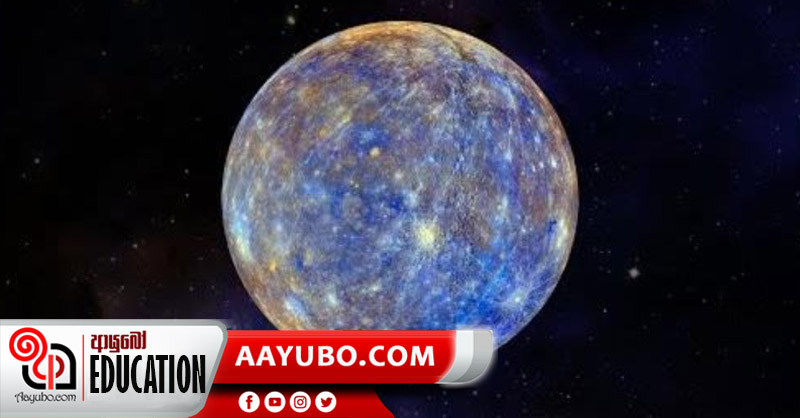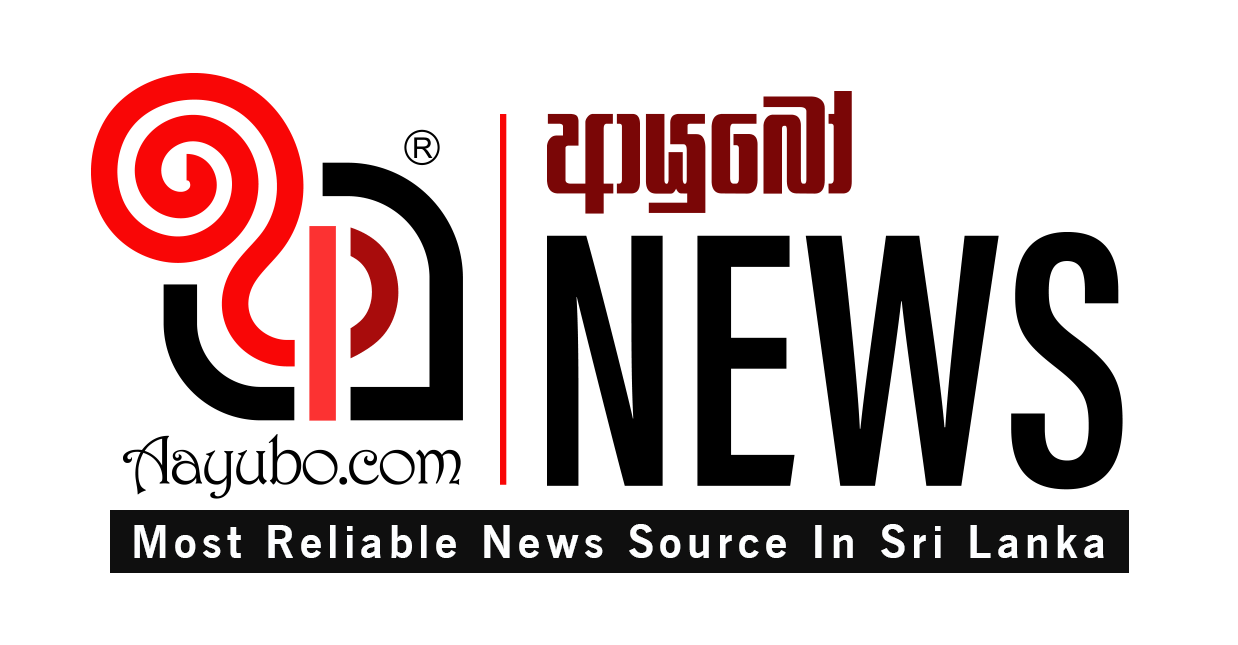Grade 8 Geography : Solar System - Part 3 (Mercury)

Dear Children, you have learnt that our planet Earth too is a part of the solar system. The planets are the largest celestial bodies and we shall now explore about the eight planets of our solar system in detail.
Mercury
The planet Mercury can be cited as the smallest planet in our solar system and it is a terrestrial planet that is made up of rocks or metals. Mercury is the closest planet to the sun and it has no natural satellites around it. That is unlike earth, it has no moons. It has a slow rotation where it takes fifty nine earth days to complete one rotation. However, it revolves around the sun at a faster rate when compared with the other planets and takes only 88 earth days to complete one round.
Basically, owing to its close proximity to the sun, it has the shortest year. As Mercury is located much closer to the sun it has very high temperature (about 1670C). As it does not have an atmosphere, it is unable to retain the heat. Thus, the temperature is quite high during the day and it drops really low at night. The lack of an atmosphere also makes the planet exposed to the risk of falling rock particles and debris like meteors and asteroids. This planet has no ring system and several volcanic eruptions have led to the birth of a number of craters on its surface. This makes it look similar to our moon. It is also said that it has not been geologically active for a very long time as it is the planet with the most amount of craters on it. Despite the size of this planet, its density is quite high. Did you know that this tiny planet can be observed from the earth only thirteen times a century? This particular event is known as the “transit”.
by Mekhala Egodawele
Photo source : Internet
967 Views








Comments